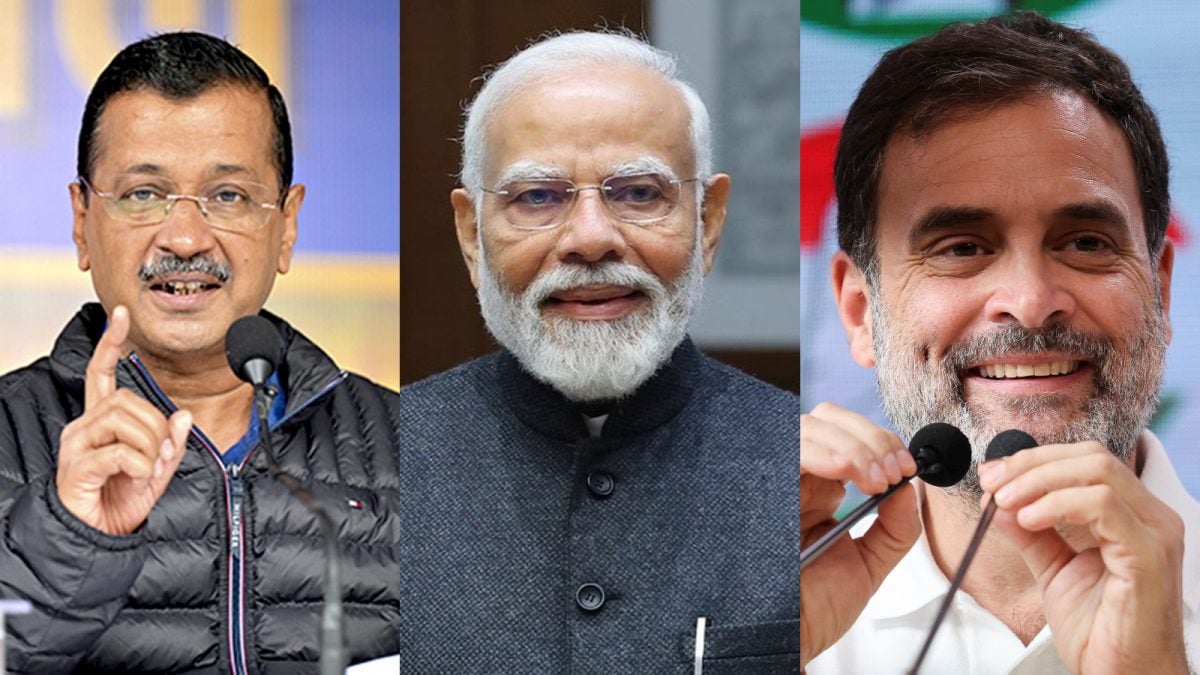The nationalist, anti-immigration Sweden Democrats are the major gainers of the 2022 Swedish national elections.
Votes are still being counted but preliminary results show the party has gained 3.1% on its 2018 result. This makes it the second largest party in Sweden, trailing only the the left-wing Social Democrats. And while the Social Democrats may be the largest individual party, the broader results currently make a right-wing coalition a more likely prospect.
Importantly, the Sweden Democrats have become the largest party of the right, which will leave other, more established parties on that side of the political spectrum in a difficult position when negotiations over forming a government begin.
The coalition game
In Sweden, the parties stand individual candidates but, knowing that coalitions are the norm, they generally make pre-electoral alliances. Smaller parties inform the voters of their post-election plans during the campaign, including which other parties they see as their potential governing partners. They also make it clear which parties they would not consider acceptable partners.
Sweden Democrats have historically been left out of such alliances. That, however, may have to change.
Since the 1970s, Sweden has been ruled by minority governments (with a few notable exceptions, such as during 2006-2010). The coalition in power needs the support of other parties in the parliament to pass through legislation, in exchange for concessions on core issues to these parties.
When looking at the election results, the most important element is the viability of the coalition and the willingness of non-coalition members to support the new cabinet when laws are passed in the parliament.
A place for the nationalist right in government?
With votes still being tallied, the race between the conservative alliance Moderaterna and the centre-left alliance Social Democrats is incredibly tight. There are fewer than 50,000 votes between them. It does, however, look likely that the right-wing coalition will secure the majority of seats in the Riksdag (parliament) once postal votes and votes coming in from Swedish nationals living abroad have been counted.
EPA
The question, now, is whether the Moderaterna bloc will create a minority government excluding the Sweden Democrats (as they implied they would during the campaign) or whether they will be forced by the results of the popular vote to award the right-wingers a ministerial post. If they do, they risk losing the support of the Liberal party, which agreed to join a governing coalition only if the Sweden Democrats remain outside the cabinet.
Moderaterna is under extra pressure here since it performed less well in 2022 than it did in the election held in 2018 and has been overtaken by the Sweden Democrats. In fact, all the parties belonging to the conservative alliance have lost votes since 2018.
The Sweden Democrats also performed better this year than in 2018, making them the only right-wing party to have made gains. This makes it all the harder to justify excluding them from a coalition.
It is too early to call these elections, as negotiations will likely continue to weeks or even months. In 2018, it took until December to swear in a government and this year’s result may deliver similarly protracted negotiations.
What we do know is that the left-wing Social Democrats did not receive clear support from Swedish voters. The recent prevalence of violent crime and gang activity were top concerns in this election, and Moderaterna has made law and order a core campaign issue for decades.
And even though the message has not been explicitly framed as such, many voters make an association between crime and the question of migrant integration. This, of course, has been encouraged by the Sweden Democrats, the very people who have done so well in the vote.
This article has been amended to correct an instance where the Sweden Democrats were referred to as the Social Democrats







